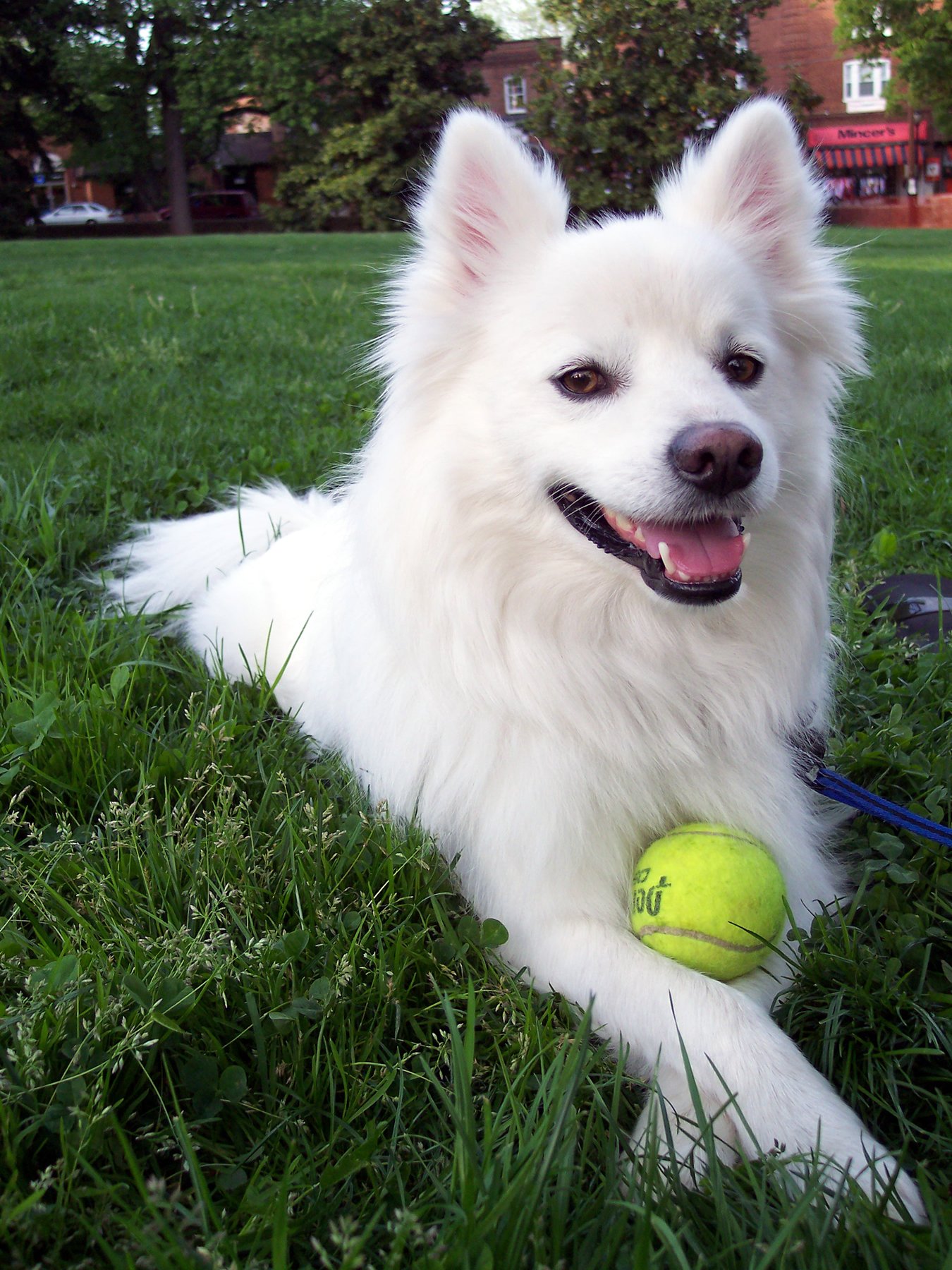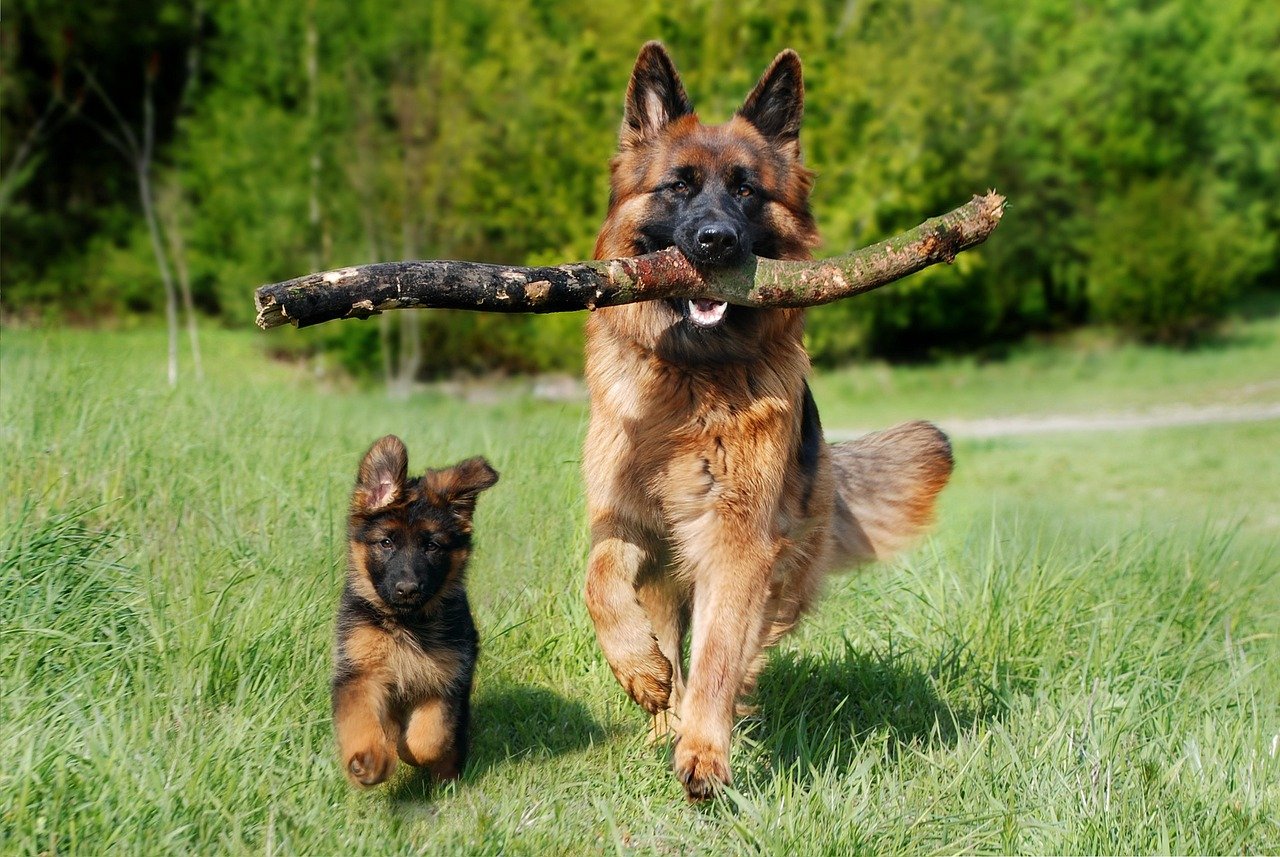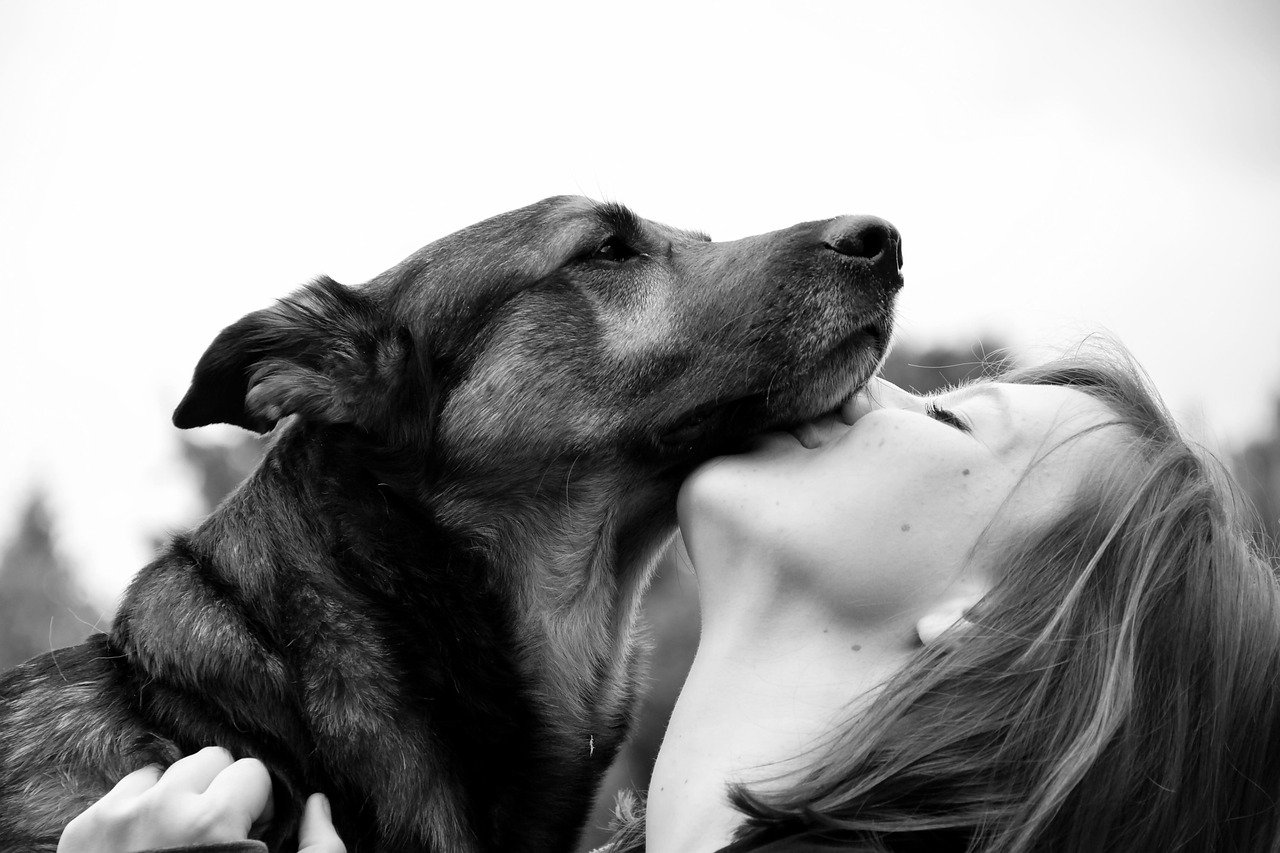Have you ever looked into your dog’s eyes and thought, “How do you know exactly what I’m feeling?” Or maybe you’ve caught your furry friend pulling off a trick so clever, you wondered if they’re secretly geniuses disguised in fur coats. If you’ve ever doubted just how sharp dogs can be, get ready to be amazed — and maybe even a little jealous. Dogs aren’t just loyal companions; they’re bursting with intelligence that will surprise and delight you. Prepare to fall in love with your pup all over again as we uncover 15 brainy facts that show just how super smart dogs really are.
Dogs Understand Human Words — Not Just Commands

It’s not just a handful of “sit” and “stay” that dogs pick up. In fact, the average dog can learn about 165 words, while some canine Einsteins, like border collies, can recognize over 1,000! What’s even more impressive is how dogs can pick up on tone, body language, and even the context in which words are used. For instance, if you say “walk” while grabbing the leash, your dog might start wagging and spinning with excitement. This level of comprehension is a sign that dogs are truly tuned into our language — almost like having a furry little translator at home.
They Can Sense Human Emotions Instantly
Dogs don’t just hear us; they actually feel us. Scientific studies have shown that dogs can pick up on human emotions just by looking at our faces or hearing our voices. If you’re sad, your dog might snuggle up closer. If you’re excited, they’re ready to play. It’s as if your emotions are a radio signal, and your dog’s heart is the antenna. This ability to empathize and respond to human feelings is not just heartwarming — it’s a clear sign of emotional intelligence that rivals even some people!
Dogs Solve Problems With Surprising Creativity

Ever watched your dog figure out how to open a door, reach a treat, or even outsmart the “dog-proof” trash can? That’s problem-solving in action. Dogs can use trial and error, observation, and even mimicry to get what they want. Some dogs have been known to drag stools or toys to stand on and reach high places. Their knack for thinking outside the box shows a type of intelligence that goes beyond simple obedience — they’re true little inventors.
They Recognize Themselves In Mirrors — Sometimes
For years, it was thought that only a few animals, like dolphins and apes, could recognize themselves in mirrors. But recent studies suggest that some dogs can pass a version of the mirror test, especially when scent is involved. While most dogs react to their reflection as if it’s another dog, some show signs of self-awareness, like checking themselves for marks or changes. This ability hints at a more complex mind than we once believed.
Dogs Remember Events Like People Do
You might think dogs live only in the moment, but that’s not entirely true. Dogs have what’s called “episodic memory,” meaning they can recall specific events from their past. For example, your dog might remember where you hid their favorite toy or who gave them a belly rub at last year’s birthday party. This memory power allows them to learn from experience and even anticipate future events, like knowing when it’s time for dinner or a walk.
They Can Count (At Least a Little)
It might sound wild, but dogs actually have a sense of numbers. Studies have shown that dogs can distinguish between different quantities, such as knowing if one bowl has more treats than another. In some tests, dogs can even do simple addition and subtraction, especially when food is involved. So next time you try to sneak fewer biscuits into their bowl, don’t be surprised if your dog gives you a suspicious look!
Dogs Use Tools — Like Little Inventors

Although not as famous for tool use as some birds or primates, dogs have been observed using objects in clever ways. For example, some dogs will use sticks to dig or pull out toys from under furniture. Others will nudge chairs or boxes to climb up and reach something out of bounds. These moments of ingenuity show that dogs are capable of basic tool use, a clear sign of advanced thinking.
They Can Learn by Watching Others
Dogs are brilliant at imitation. If one dog in a household learns a new trick, the others often pick it up in no time just by watching. Similarly, dogs often observe and mimic their human family members. Whether it’s figuring out how to open a gate or ringing a bell to go outside, dogs watch, learn, and adapt — just like little apprentices eager to master their craft.
Dogs Have an Amazing Sense of Time
It’s uncanny, isn’t it? Your dog knows exactly when you’re due home or when it’s time for their evening walk. While they can’t read clocks, dogs can sense time passing through changes in light, routine, and even your scent in the house. Their internal clock is so sharp that many dog owners swear their pups are better than alarm clocks!
They Recognize Human Faces and Voices
Dogs are experts at recognizing the people they love. Not only do they know your scent, but they can pick out your face in a crowd and even recognize your voice over the phone. This ability to identify individuals is a big part of how dogs bond with their families. It’s one reason why your dog’s tail wags so hard when you come home — they truly know and remember who you are.
Dogs Can Learn Sign Language and Symbols
For dogs with hearing loss, or just for fun, many have learned to understand sign language and visual cues. They can distinguish between different hand signals and respond correctly, sometimes even better than to verbal commands. This visual intelligence is another testament to their ability to adapt and learn new ways of communicating with humans.
They Can Fake Being Hurt for Attention
Here’s a sneaky one: dogs have been known to “fake” limps or act hurt just to get extra love and attention. Some pups quickly learn that a little drama brings a rush of pets, treats, or concern from their humans. It’s a bit like a toddler faking a tummy ache to stay home from school! This cheeky behavior shows that dogs are masters at manipulating their environment — and our hearts.
Dogs Can Detect Diseases — Before Doctors Can

It’s almost unbelievable, but some dogs can sniff out illnesses like cancer, diabetes, and even COVID-19. Their powerful noses can pick up chemical changes in the human body that signal disease, often before symptoms appear. Specially trained medical dogs have saved countless lives by alerting their owners or doctors to subtle changes long before anyone else noticed. That’s not just smart — it’s heroic.
They Comfort Us When We’re Down

Ever notice how your dog seems to know when you’ve had a tough day? Dogs are quick to offer comfort, whether it’s by cuddling close or licking your face. This isn’t just random affection — studies show that dogs can sense stress hormones and changes in our mood. Their ability to provide comfort and companionship is a sign of deep emotional intelligence, making them the world’s best furry therapists.
They Love to Learn and Keep Surprising Us

Dogs have an insatiable curiosity and a genuine love for learning. Whether it’s a new trick, a challenging puzzle, or just a fresh route on their daily walk, dogs thrive on discovery. Their willingness to learn and try new things keeps their minds sharp — and keeps us guessing what they’ll figure out next. Isn’t it amazing how much there is to discover about our brilliant canine companions?

Sumi Sarkar from India holds a B Tech degree in Information Technology, is a freelance film maker, scriptwriter, content editor who loves animals, especially dogs.





